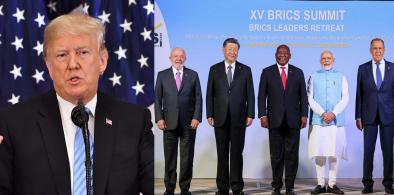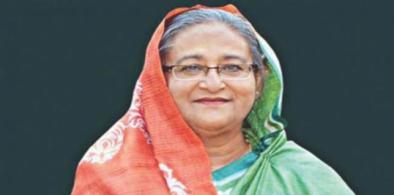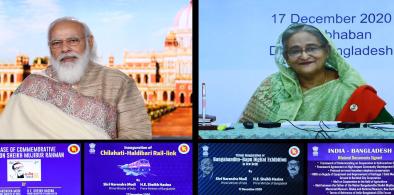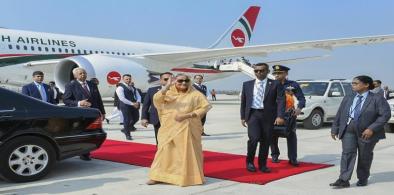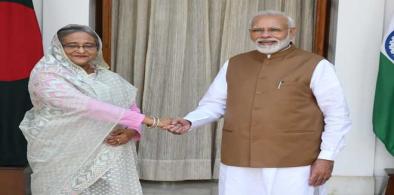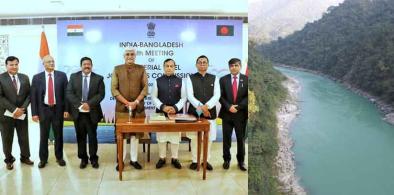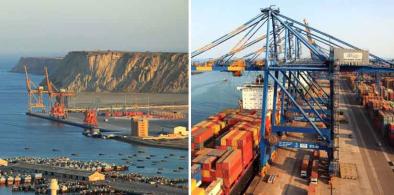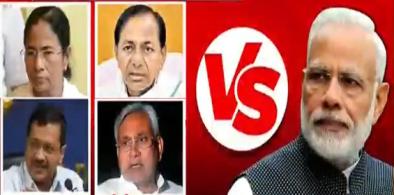Climate experts opine that climate change has caused unpredictable and inconsistent weather conditions in Pakistan resulting in excessive monsoon rains, cloudbursts and extreme melting of glaciers which have finally swelled the rivers which are the genuine cause behind destructive floods across Pakistan
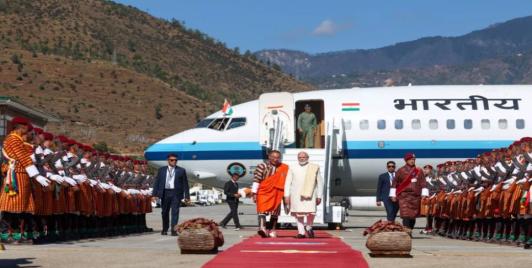
India-Bhutan Relationship Offers A Constructive Model For South Asia And A Peaceful Himalayan Region
Beyond India–Bhutan relations, the visit conveys a wider message to South Asia: cooperation grounded in respect, development, and stability remains essential in an uncertain global environment. As the region evolves, India appears to recognize the importance of maintaining strong partnerships without pressuring smaller neighbors or escalating strategic competition.
Red Fort Blast: India Facing A New Form Of Jihad?
The involvement of four doctors, one of whom allegedly executed the Red Fort blast, indicates a model that blends 'inspired' radicalisation with limited external facilitation. Interactions with certain outfits, Kashmiri terror commanders, and external handlers—if confirmed—point to an infrastructure that encourages attacks while maintaining plausible deniability.
The Nuclear Reckoning: Moment Of Awakening For India
It is time for India, along with like-minded nations across Asia, Africa, and Latin America, to articulate a shared agenda of non-alignment 2.0, not as a posture of neutrality but as a strategy of autonomy. The original Non-Aligned Movement (NAM) emerged from the Cold War’s bipolar tension; its modern counterpart must respond to multipolar volatility.
Endangered Indigenous Languages of South Asia: With Dominant Languages Replacing Mother Tongue, Are They Doomed To Die?
The world over, as is evident from the Atlas of endangered languages, there is a thrust of the dominant languages taking a precedence and most of the endangered languages are likely to disappear by 2100. Soon, possibly in the near future, the grand and great grand-children of the present generation may not be able to tell the story of their own mother tongue. Some of these languages will be lost forever and will only be limited to the pages of gazetteers and history books.
UK-India ties under PM Truss: Promise of stronger business and bilateral trade outcomes
India’s reluctance to ink comprehensive FTAs contrasts with the enthusiasm of the UK to stitch up such deals with the bustling Indo-Pacific region, especially with the 11-member Comprehensive and Progressive Agreement for Trans-Pacific Partnership that includes the fast-growing Vietnam, Malaysia and Mexico, by the end of 2022
China's growing economic engagement in South Asia is a warning to India
China has already surpassed India in its volume of trade with Bangladesh and is fast catching up to replace it as the top trading partner of Sri Lanka and Nepal. It has extended aid and financial assistance to these states that surpass India’s aid to them
Sheikh Hasina: A profile in courage and emotional bonds with India
With her Awami League in power since 2009, Bangladesh has seen the army keeping away from a political role, has witnessed relative political stability and rapid economic strides, marking higher human development indicators better than most others in South Asia
Rising interest rates and looming dangers for South Asia
South Asia will require at least another decade to recover from the sociological maladies of the post-pandemic global transformations. The looming economic crisis in South Asia may also cause multiple regime changes in the region, potentially producing greater political instability
India-Bangladesh summit: Interlinked destinies, great expectations
Therefore, to create greater understanding between the civil societies of South Asia, we must encourage far more civil society interaction on B2B and people-to-people basis.
Sheikh Hasina's visit to Delhi amid shifting geopolitical sands: Can India-Bangladesh ties rise above Asia-Pacific rivalries?
Now India and Bangladesh have to look for a new foundation to take the relationship between the two countries to a higher level. And deepening of economic ties can create that new foundation.
Sheikh Hasina visit to India: Needed a landmark agreement on water sharing, better border management
Overall, many of the vexing problems of long standing can be mitigated quickly by bold and quick measures, denying ammunition to detractors of India-Bangladesh ties on both sides and letting our relationship flourish to its full potential
India-Bangladesh ministerial meet on rivers: A precursor to a larger deal next week but without Teesta?
The JRC discussion should have recognised the sufferings of the people of both sides because of the water scarcity during the lean season flows of the Teesta river and struck a win-win deal that was beneficial to both sides
Gwadar and Mundra: Strategic importance of two ports to Pakistan and India
Both Gwadar and Mundra ports are close to a turbulent region that is violent and militancy-prone. If Gwadar has security problems from within, Mundra has them from without
Chronicles of Rohingya genocide in Myanmar and international failure
India has repositioned its earlier policy of providing a home to refugees from Tibet, Afghanistan, Bhutan and Sri Lanka and is forcefully deporting Rohingya refugees
Who can take on Narendra Modi in 2024? Contradictions and ego hassles mar opposition unity
Given these roadblocks, it is not a surprise that the BJP, led by Prime Minister Narendra Modi, is a runaway winner in every opinion poll to the dismay of its adversaries who wonder why the economic difficulties of inflation and unemployment are not holding it back
India’s coastal security challenge - and preventing another 26/11
While this exercise was a long overdue and necessary measure, the whole gamut of India’s coastal security in view of terrorist threats and other crimes must function effectively and consistently as there have been instances of breaches in coastal security after 26/11
Sri Lanka allays Indian concerns, says it believes in regional solidarity; extra regional powers have no strategic leeway in South Asia
Defence sources said it was significant that the Dornier was handed over to Sri Lanka by India a day before the high-tech Chinese satellite tracking ship docked at Hambantota
Indian outreach to Latin America and Caribbean: Needed more frequent and diversified interactions
India should also project the values and aspirations of the Indo-Pacific into Atlantic waters to help global development. The SAGAR (Security And Growth for All in the Region) model can be extended to a much larger canvas of mutual cooperation and benefit




